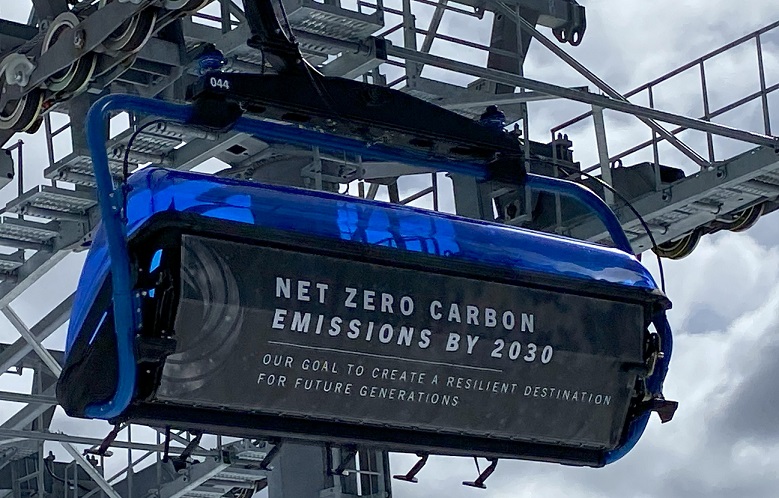Congratulations! Your company has set a Net Zero goal for Green House Gas (GHG) emissions within 10 years! It’s great PR of course, and it plays to growing global concerns about climate-related risk. It can even help drive growth and save money because consumers are demonstrating a willingness to pay more for products that they perceive are better for the health of the planet, while the costs of renewable energy are dropping.
But what exactly does “having a Net Zero goal” mean? It could be one of these:
- Funds have been set aside to purchase carbon offsets to essentially “cancel out” the emissions produced during operations, for example by planting forests or investing in carbon capture technology
- Investments are being made to reduce the amount of emissions produced by the business, for example by replacing your diesel trucks with electric vehicles (EVs), putting solar panels on the roofs of your buildings, or through product innovations
- A combination of these
Avoid the “Greenwashing” Pitfall!
To be taken seriously, a Net Zero goal needs to be accompanied by a plan, and successful plan execution requires setting quantitative targets followed by measurement, monitoring, and management to those targets. Goals are rarely achieved by simply setting them, and then hoping for the best!
Notice that to achieve a Net Zero goal there are TWO quantities that need to be measured, monitored and managed:
- GHG emissions, denominated in carbon dioxide (CO2) equivalents
- Money, denominated in your reporting currency of choice, e.g. US dollars or Euros
Notice also that there are relationships between these quantities:
- The more emissions you produce, the more carbon offsets you need to purchase (and they can get more expensive as demand goes up)
- The more you invest in emission reduction (assuming you make good decisions) the lower your emissions will be and the less you’ll need to spend on carbon offsets
- Emission reduction strategies can lead to energy cost savings, product growth, improved employee retention and myriad other benefits that can also impact the bottom line.
Integrate your Financial and Sustainability Planning Models
How do you find the right balance? From financial and operations planning we understand the value of building models that capture the relationships between various inputs to a business. For example we can model the relationships between demand and capacity, revenue and demand, and cost and capacity. Once built, we can use such models to explore different scenarios effortlessly, and quickly understand the likely impact of different choices we may make, in order to make better decisions.
It’s no different if you want to get to Net Zero (or to achieve any other climate-risk mitigation target). For example, you can build a scenario-planning model that connects investment (and divestment) plans to emission reduction plans, and emission reduction plans to pricing scenarios for various kinds of carbon offsets. Ideally you would integrate these elements into your existing financial planning framework, putting them front and center in your regular financial forecast review processes with everyone from the C-Suite to frontline managers.
Compliance too!
As a nice side effect, this effort will also help you get your data in order to comply with the growing number of jurisdictions around the world requiring climate-risk related disclosures which often reference the framework developed by the Task Force for Climate-Related Financial Disclosures (TCFD), where the relationship between business strategy, climate strategy and planning the transition to mitigate climate-related risk are central elements, along with disclosures on how scenario analysis was used to arrive at targets.
The Alternative
Alternatively, you can sit back and hope for the best.

